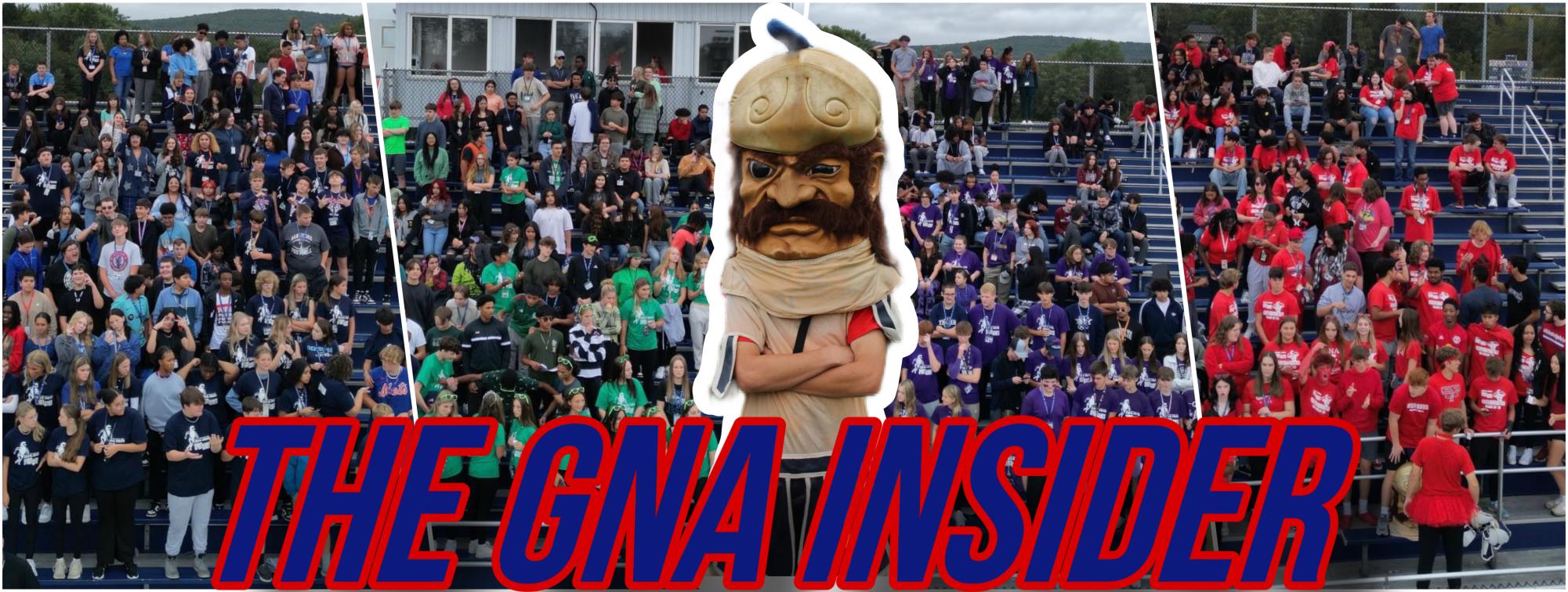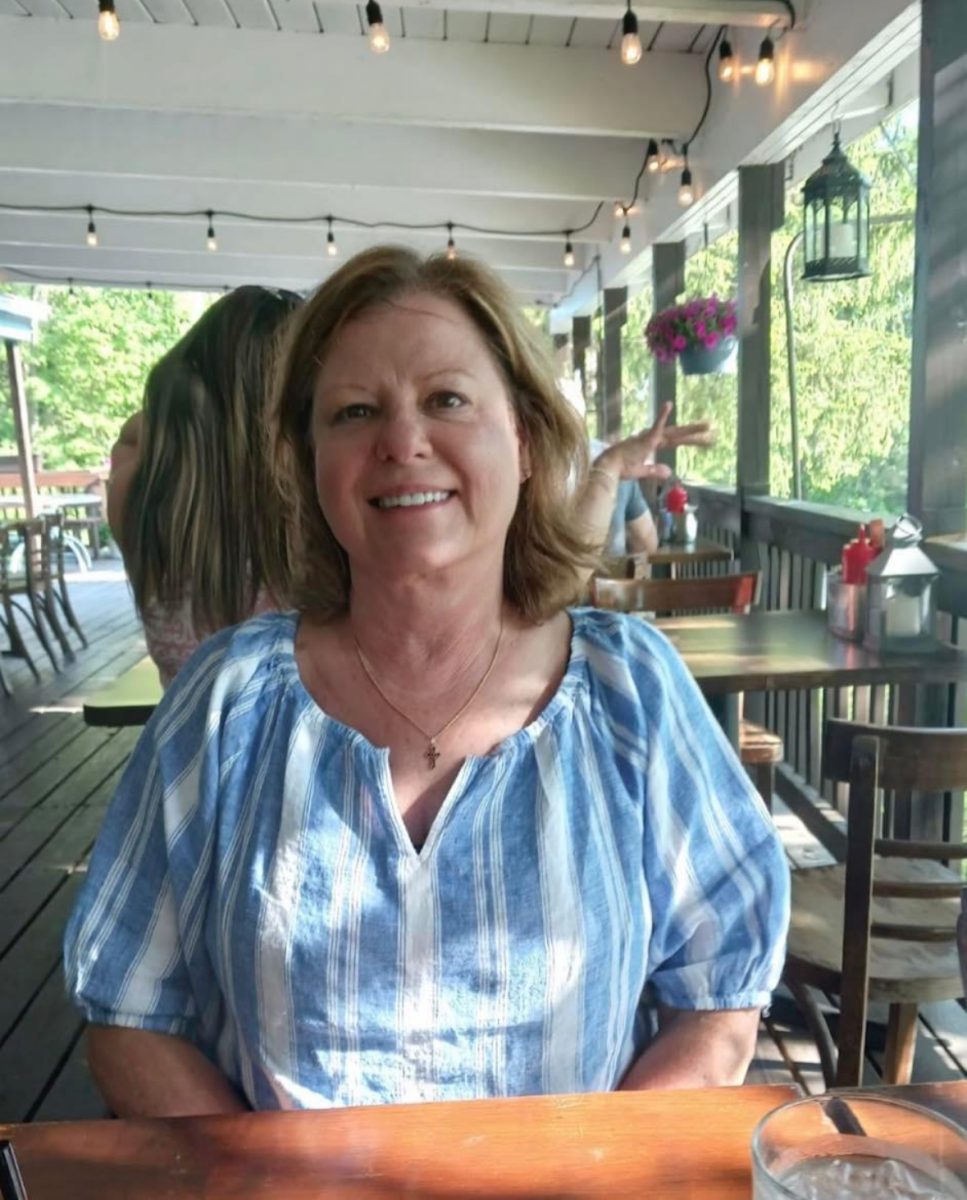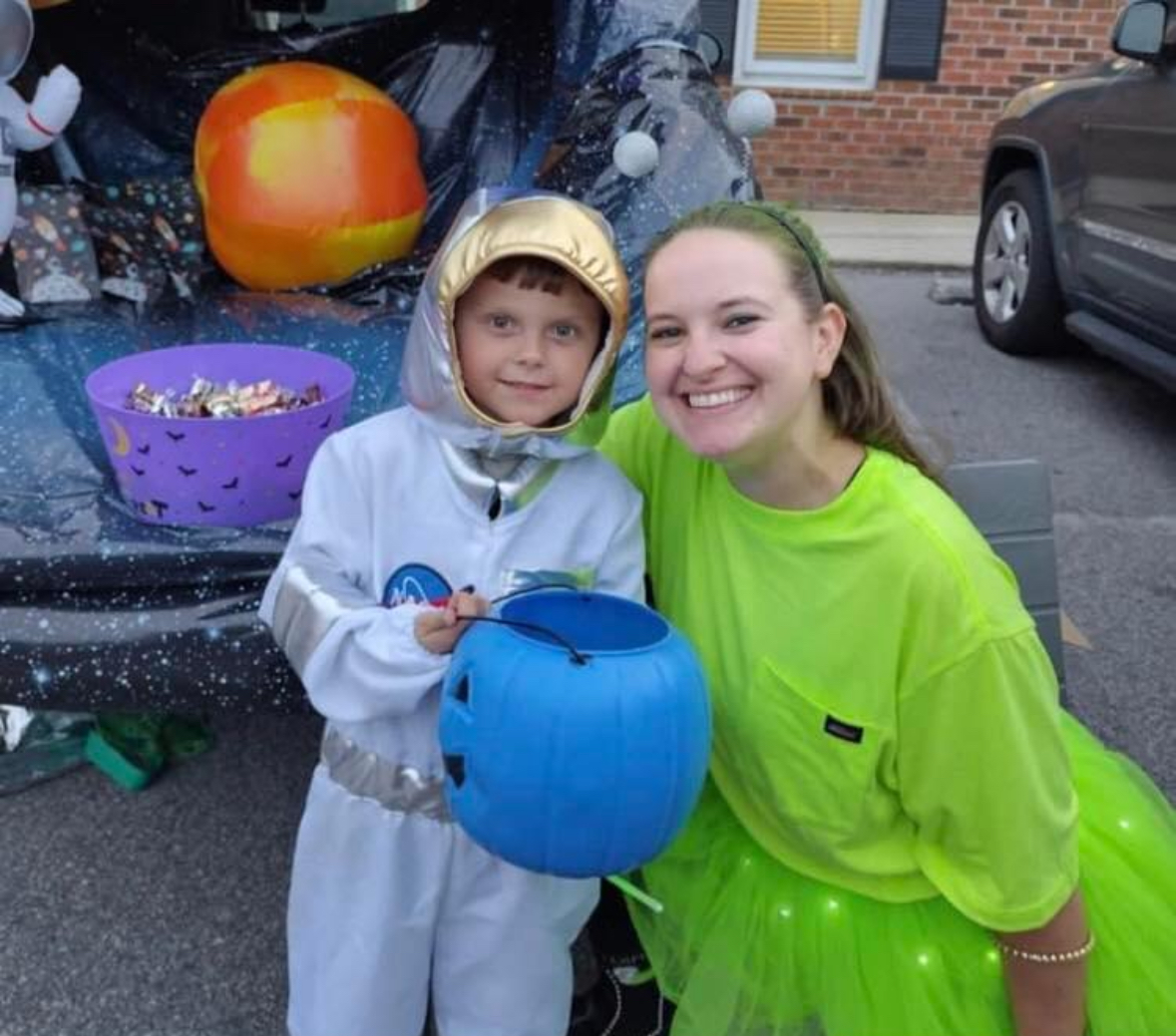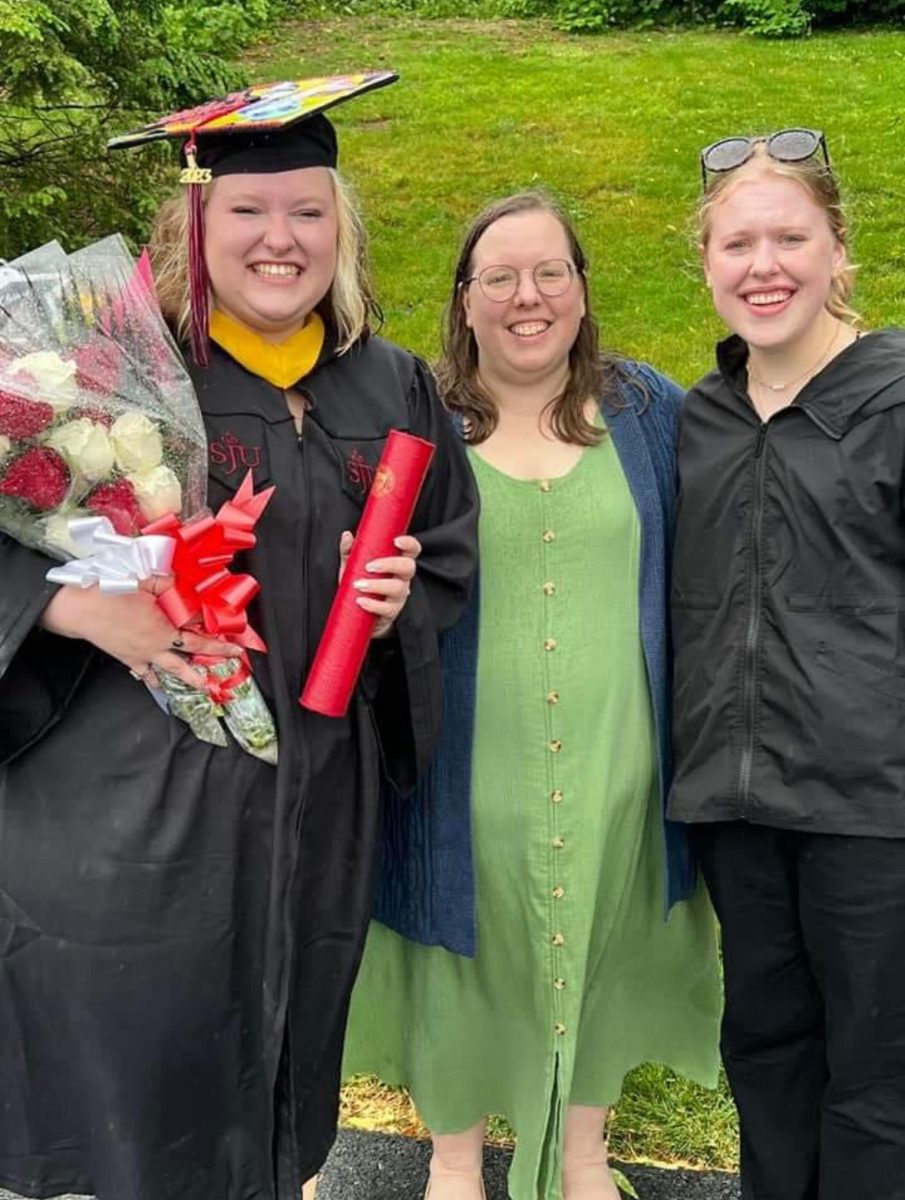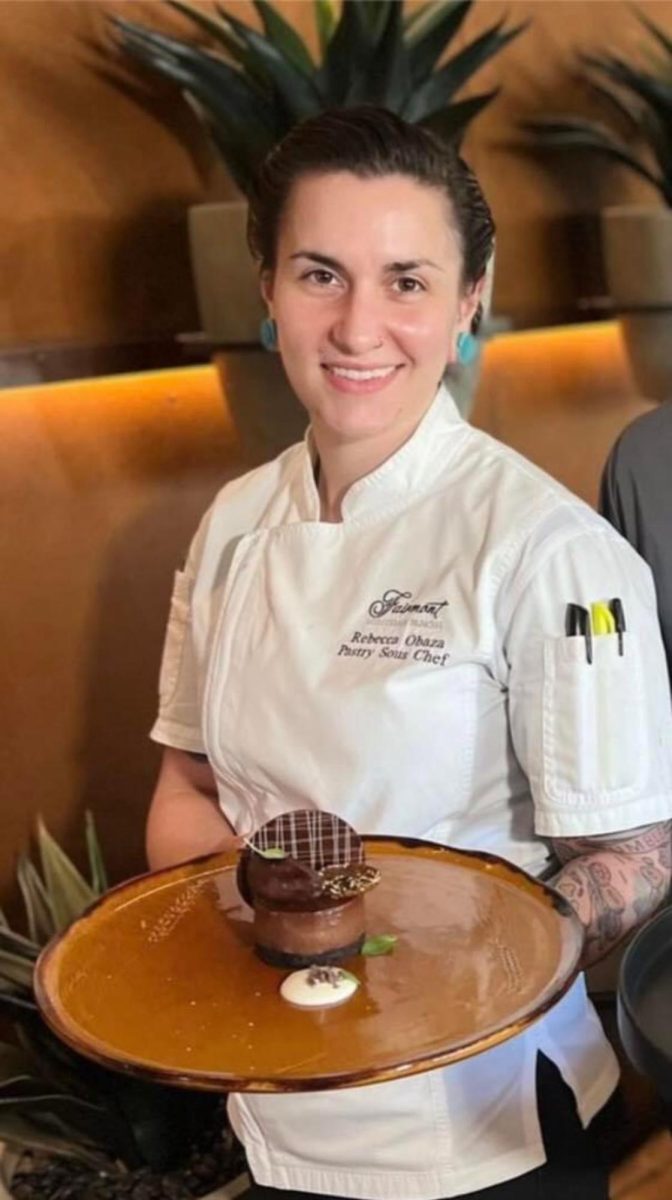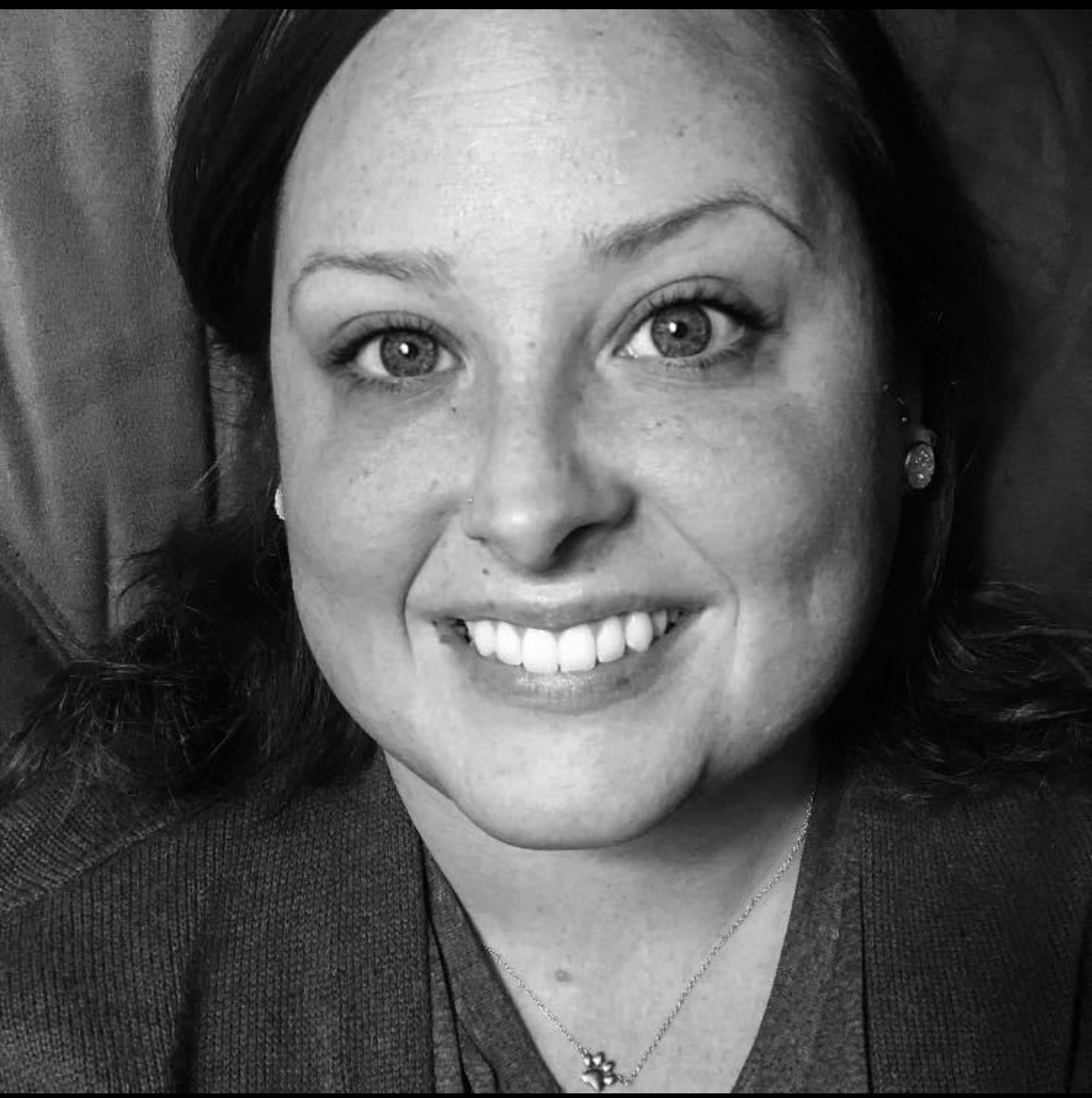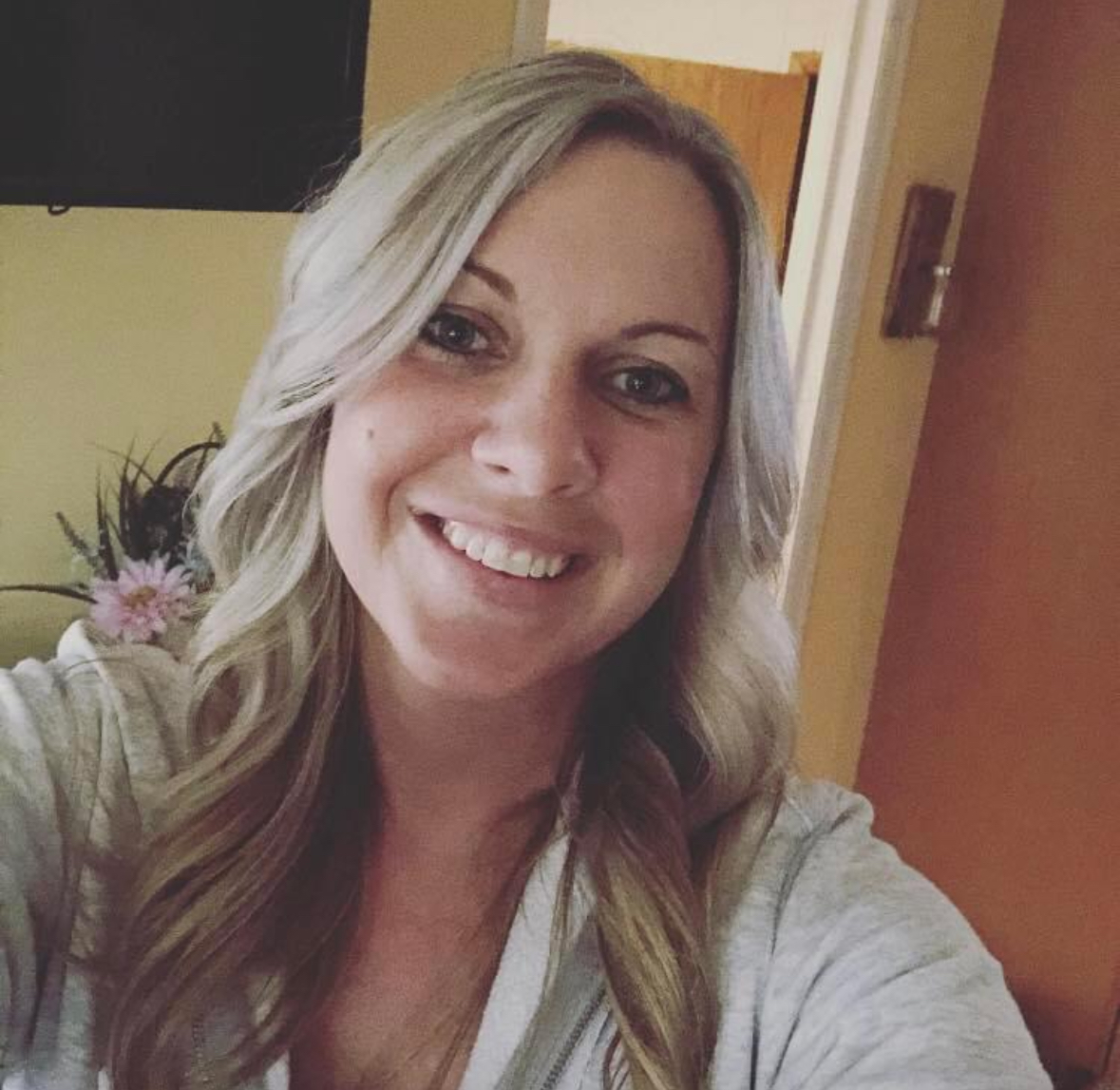“It’s been almost 50 years since I graduated from high school; I didn’t know what I wanted to do, so I attended LLCC for one year and then transferred to Penn State, where I graduated with a BS degree in Geography and a minor in Geology.
After college, I didn’t have a job, so I started to work on an MBA and got a part-time job as a counselor at a Job Core facility in Red Rock. A few months later, I applied for a federal job as a cartographer and got the position with the Defense Mapping Agency in Louisville, KY. Once there, I got selected to be a physical scientist, working on developing cross-country mobility studies for the military. About two and a half years later, I applied for a position with Naval Intelligence as an imagery interpreter; I was accepted and moved to the Washington D.C. area. A few years later, I took a position with a Navy Program Office, working with the submarine force and conducting oceanographic surveys around the world, supporting the Navy’s mission. These surveys took me to many interesting places: the Mediterranean, the seas off of Japan, Korea and China, and off the west coast and the Caribbean, where we conduct testing of new systems. I then took a job in private industry, developing a new image processing/geographic information system (GIS) for the Navy. Later, I went back to the Navy Program Office and took a rotational assignment to the CIA. I worked as a Program Manager on many development contracts, and became a Branch Chief in a number of offices in the Directorate of Science and Technology. Finally, I retired from federal service in 2014, after over 30 years.
One of the coolest things I’ve done was participate in the 1985 joint French/US Titanic expedition. The U.S. portion was led by Robert Ballard from the Woods Hole Oceanographic Institute. Ballard’s team developed the fiber optic survey system that we used to locate the Titanic. This was a two-part mission. First, we surveyed one of our sunken submarines, the Scorpion, using a state of the art, real-time, up-linked fiber optic imaging system. Acoustic, digital imagery and video data were displayed in a control van on the fantail of the vessel, RV Knorr. Next, we went to the search area for the Titanic. We just about completed the search area and were going to move the ship to the south when we went over one of the Titanic’s boilers: WE FOUND IT! We then spent the remaining survey time mapping the Titanic’s position on the seafloor. She was 2.5 miles down and in two pieces. We made history that day finally locating the lost Titanic’s grave site.
Since retirement, I do volunteer work. I am the president of the Beautification of Front Royal Committee Front in Virginia. We have worked with the town and county to increase the canopy cover by planting trees and shrubs. Through the committee’s efforts the town has been recognized as a Tree City USA by the Arbor Day Foundation and the Department of Forestry. Every year, we purchase and plant hanging baskets that are hung along the streets in Front Royal, bringing enjoyment to the residents and visitors to our town. I also became a Master Gardener through the VA tech cooperative extension office. We have a number of educational programs that provide hands-on activities for children and adults. We hold a seed exchange every year, free to the public. We also sponsor a garden fest every spring, where plants are sold to the public for $5 a pot.
What I’d tell today’s youth is work hard, think for yourself, don’t just follow the crowd just to fit in, respect others, take chances, don’t be afraid of failure, and be true to yourself. Life is too short, so enjoy what you do!”
Lisa Gorgas Schwartz, 1975


